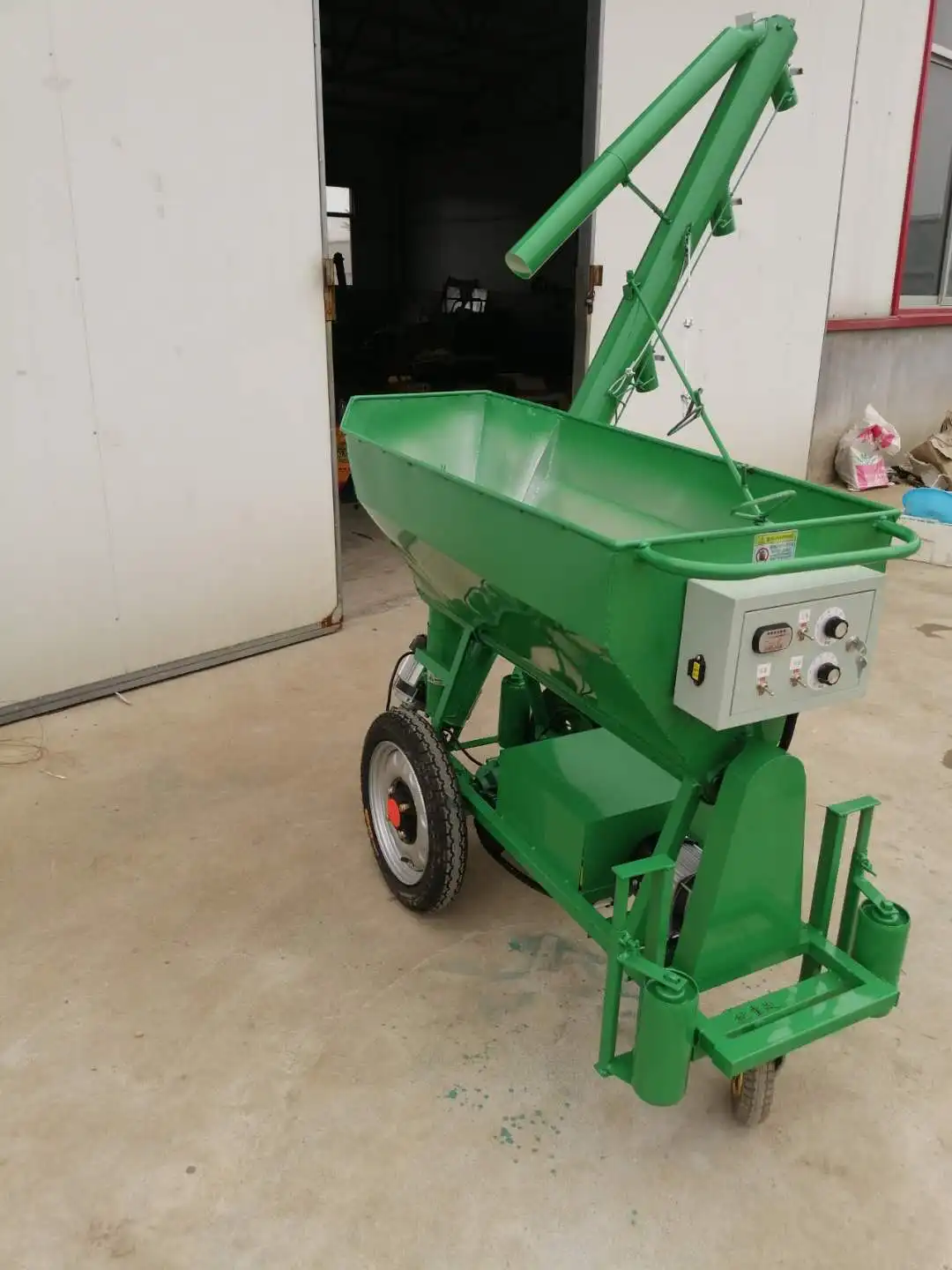Exploring Innovative Cage Designs for Enhanced Welfare in Broiler Chicken Production
Aug . 09, 2024 03:00 Back to list
Exploring Innovative Cage Designs for Enhanced Welfare in Broiler Chicken Production
The Importance of Cages for Broiler Chickens An Overview
In the poultry industry, the welfare and productivity of broiler chickens are critical to ensuring a sustainable supply of meat to meet global demand. One significant aspect that influences their health and growth is the housing system. Cages, traditionally used for various poultry species, have gained attention in the rearing of broiler chickens. This article explores the role of cages in broiler chicken management, highlighting their benefits and considerations.
Understanding Broiler Chickens
Broiler chickens are specifically bred for meat production, known for their rapid growth and efficient feed conversion. They typically reach market weight within six to seven weeks. Given the high demand for poultry meat, ensuring that these birds are raised in a suitable environment is essential for maximizing output and maintaining welfare standards.
The Concept of Caging
Caging refers to the use of enclosures to house chickens, which can vary in size and design. While cages have been primarily associated with layers (egg-laying hens), their application in broiler production is gaining traction. Cages can be designed to accommodate multiple birds, allowing for better space management in intensive farming systems.
Benefits of Caging for Broiler Chickens
1. Space Optimization Cages allow farmers to manage space efficiently. In intensive farming operations, space is often limited. Caging helps maximize the number of birds raised per square meter, which is crucial for meeting the increasing demand for chicken meat.
2. Improved Health Management Cages can facilitate better health monitoring. By confining birds in a smaller space, farmers can easily identify sick or underperforming chickens and provide timely interventions. This reduces the risk of disease outbreaks, which can devastate flocks.
cage for broiler chicken

3. Feeding Efficiency Cages can also enhance feeding practices. With a controlled environment, farmers can ensure that all birds have equal access to feed and water, minimizing waste. Automated feeding systems can be integrated into cage designs, further improving efficiency.
4. Reduced Aggression Caging can help minimize aggressive behavior among birds. In free-range systems or larger group settings, competition for food and space can lead to stress and injuries. Cages can provide structured environments that reduce these conflicts.
5. Biosecurity Cages can play a vital role in biosecurity measures. Confined environments limit exposure to external pathogens, lowering the risk of disease transmission. This is particularly important in areas prone to outbreaks of avian diseases.
Considerations and Challenges
While the benefits of caging are significant, there are also challenges and ethical considerations to address. Critics argue that caging can restrict the natural behaviors of broiler chickens, such as movement, dust bathing, and foraging. To counter this, modern cage systems are being developed to incorporate enrichments that allow for more natural behaviors while still reaping the benefits of confinement.
Additionally, there are growing concerns regarding the welfare of caged birds. Practices that prioritize animal welfare—such as providing adequate space, proper ventilation, and environmental enrichment—are essential to addressing these concerns. As consumer preferences shift toward more humane treatment of animals, poultry producers must adapt their practices accordingly.
Conclusion
Caging for broiler chickens presents both advantages and challenges. While it offers improved space management, health monitoring, and feeding efficiency, it is essential to balance these benefits with ethical considerations regarding animal welfare. The future of broiler production will likely necessitate advancements in cage design and management practices to ensure that both productivity and welfare standards are met. As the industry evolves, finding solutions that work for farmers and chickens alike will be paramount for sustainable poultry production.
-
Hot Sale 24 & 18 Door Rabbit Cages - Premium Breeding Solutions
NewsJul.25,2025
-
Automatic Feeding Line System Pan Feeder Nipple Drinker - Anping County Yize Metal Products Co., Ltd.
NewsJul.21,2025
-
Automatic Feeding Line System Pan Feeder Nipple Drinker - Anping County Yize Metal Products Co., Ltd.
NewsJul.21,2025
-
Automatic Feeding Line System - Anping Yize | Precision & Nipple
NewsJul.21,2025
-
Automatic Feeding Line System - Anping Yize | Precision & Nipple
NewsJul.21,2025
-
Automatic Feeding Line System-Anping County Yize Metal Products Co., Ltd.|Efficient Feed Distribution&Customized Animal Farming Solutions
NewsJul.21,2025






